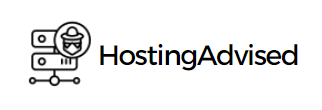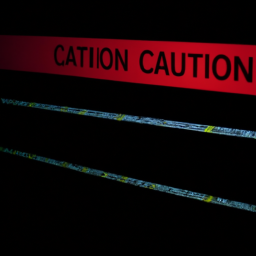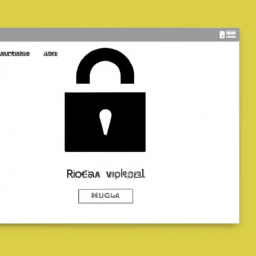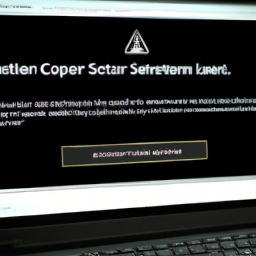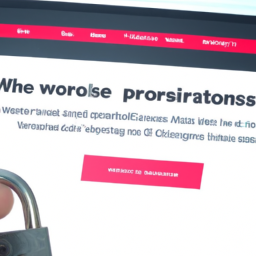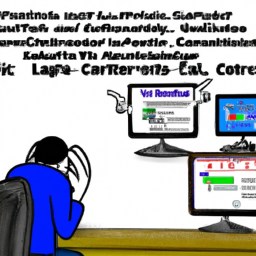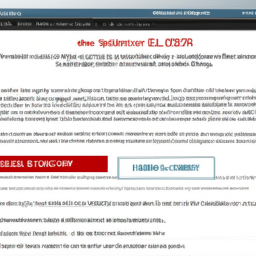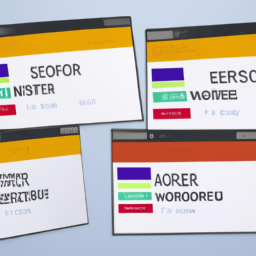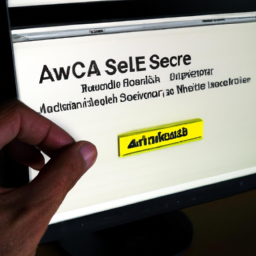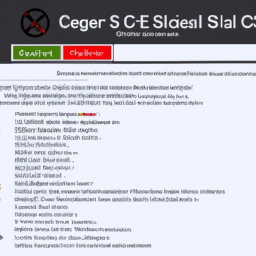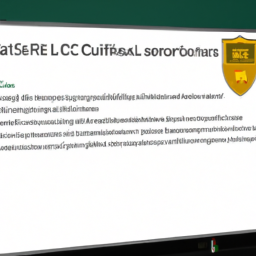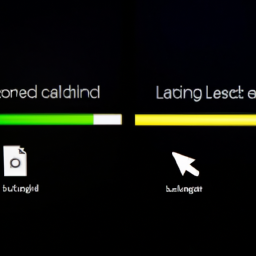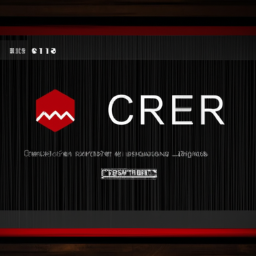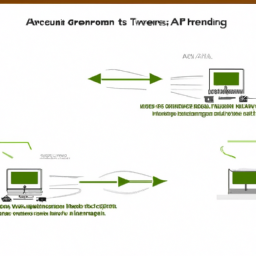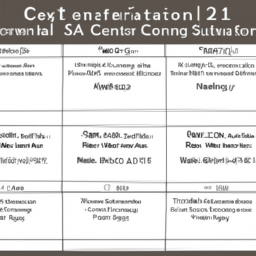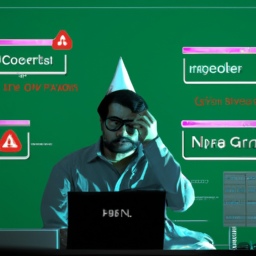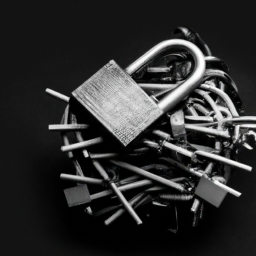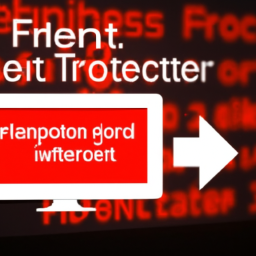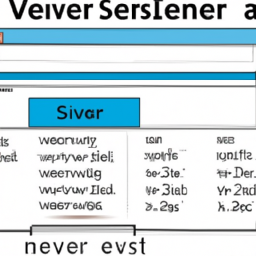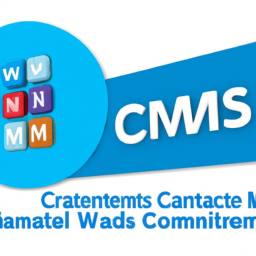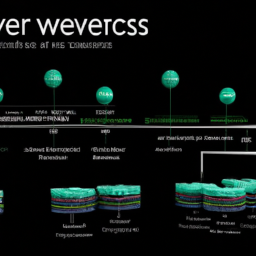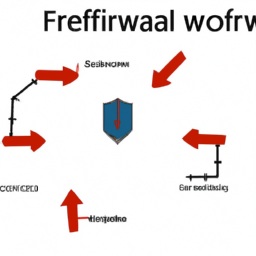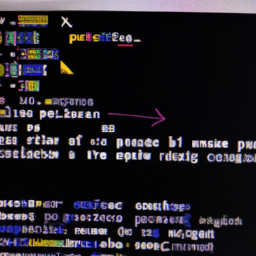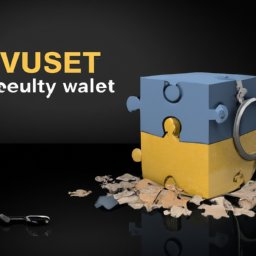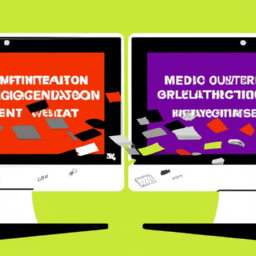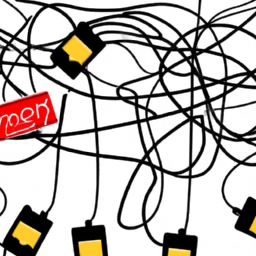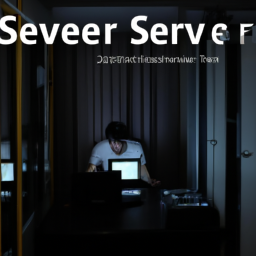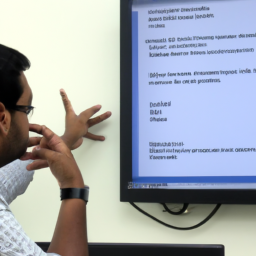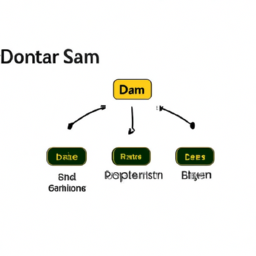Did you know that 85% of internet users will not proceed with a purchase if they see an insecure content warning on a website? In today’s digital landscape, online security is a top priority for both businesses and consumers.
One crucial aspect of website security is the implementation of SSL certificates. These certificates encrypt data transmitted between a website and its visitors, ensuring that sensitive information remains confidential. However, if your website contains insecure content, it can trigger warnings and compromise the trust of your visitors.
In this article, we will delve into the world of SSL insecure content warnings, exploring their implications and causes. We will also provide you with step-by-step instructions on how to secure your website with SSL certificates, fix any insecure content issues, and maintain a safe browsing experience for your visitors.
Let’s dive in and keep your visitors safe!
Key Takeaways
- SSL certificates are essential for all websites to ensure data encryption and build trust with visitors.
- Insecure content warnings can compromise visitor trust and website reputation, leading to potential loss of sales.
- Troubleshooting steps for insecure content warnings involve identifying and securing specific resources causing the issue.
- Best practices for SSL implementation include choosing a reputable certificate authority, using strong encryption algorithms, and regularly updating and renewing SSL certificates.
Understand the Importance of SSL in Website Security
You need to understand the importance of SSL in website security to keep your visitors safe and protect their sensitive information. SSL implementation best practices are crucial for ensuring a secure browsing experience.
Many website owners have common misconceptions about SSL security, such as thinking that it’s only necessary for e-commerce sites or that SSL certificates are expensive and difficult to install. In reality, SSL is essential for all websites, as it encrypts data transmitted between the user’s browser and the server, preventing unauthorized access.
It not only safeguards sensitive information like passwords and credit card details but also builds trust with visitors by displaying the padlock symbol and HTTPS in the address bar. Understanding the significance of SSL will help you identify insecure content warnings and their implications, ensuring a safer online environment for your visitors.
Identify Insecure Content Warnings and Their Implications
Spotting red flags in your website’s security is like finding a crack in the foundation of your digital fortress. As a website owner, it’s crucial to identify common insecure content warnings and understand their implications.
Insecure content warnings can arise when a website contains elements, such as images, scripts, or stylesheets, that are loaded over an unsecured HTTP connection instead of a secure HTTPS connection. These warnings not only indicate potential security vulnerabilities but also impact user trust and website reputation.
When visitors see insecure content warnings, they may perceive your website as unsafe and be hesitant to share personal information or make transactions. This can result in a loss of credibility and potential customers.
To address these issues, it’s important to identify the causes of insecure content warnings and take necessary steps to mitigate them.
Identify the Causes of Insecure Content Warnings
Discovering the root causes of those pesky insecure content warnings can help you understand why they pop up on your website. There are several causes of mixed content errors that trigger these warnings. One common cause is when your website contains both secure (HTTPS) and insecure (HTTP) resources. This can happen when you embed images, scripts, or stylesheets from an insecure source. Another cause is when you link to external insecure content, such as a video or a social media widget, on your secure website. To troubleshoot insecure content warnings, you need to identify the specific resources causing the issue and ensure they are served securely. This can involve updating URLs, using relative paths, or obtaining secure versions of the resources. Understanding these causes and troubleshooting steps will help you address insecure content warnings and keep your visitors safe. In the next section, we will discuss how to secure your website with SSL certificates.
Secure Your Website with SSL Certificates
To ensure the safety of your website and protect user data, it’s essential to secure it with SSL certificates. SSL certificates establish a secure connection between a web server and a browser, encrypting sensitive data and preventing unauthorized access.
Here are some SSL implementation best practices to keep in mind:
- Choose a reputable certificate authority (CA) to issue your SSL certificate.nn2. Use a strong encryption algorithm, such as SHA-256, to ensure data integrity.nn3. Enable HTTP Strict Transport Security (HSTS) to enforce secure connections.nn4. Regularly update and renew your SSL certificate to maintain security.
Common misconceptions about SSL security include thinking that SSL certificates are only necessary for e-commerce websites or that free SSL certificates are just as secure as paid ones. However, investing in a reliable SSL certificate is crucial for all websites, regardless of their nature.
In the subsequent section, we’ll discuss how to fix insecure content issues on your website without compromising security.
Fix Insecure Content Issues on Your Website
Make sure your website is free from any insecure elements to ensure a secure browsing experience for your visitors. Troubleshooting mixed content errors is crucial in achieving this goal.
Mixed content occurs when a secure webpage contains both secure (HTTPS) and insecure (HTTP) elements. To fix this, identify the insecure content by checking your website’s source code or using online tools. Replace all HTTP links with their HTTPS counterparts to ensure compatibility with older browsers that may flag mixed content.
Additionally, consider using content security policies (CSP) to prevent the loading of insecure content on your website. By addressing these issues, you can maintain a secure environment for your visitors.
Transitioning into the next section, regularly monitor and update your SSL certificate to stay ahead of any potential vulnerabilities.
Regularly Monitor and Update Your SSL Certificate
Ensuring a smooth and secure browsing experience, it’s crucial to regularly monitor and update your SSL certificate. This will keep your website fortified against potential vulnerabilities.
Best practices for SSL certificate management include staying informed about the latest security protocols and updates. It’s also important to regularly check for certificate expiration dates. Promptly renewing your SSL certificate is essential to avoid any interruptions in website security.
There are common mistakes to avoid when updating SSL certificates. One is failing to update all instances of the certificate on your website, such as images or scripts. This can lead to insecure content warnings. Another mistake is not properly configuring the certificate, which can result in compatibility issues with certain browsers or devices.
By following these best practices and avoiding common mistakes, you can ensure your SSL certificate is up to date and your website remains secure.
Frequently Asked Questions
How can SSL certificates help protect my website from hackers?
SSL certificates provide several benefits in protecting your website from hackers. First, they encrypt the data transmitted between the visitor’s browser and your website, preventing unauthorized access.
Additionally, SSL certificates establish trust with your visitors by displaying the padlock icon in the browser’s address bar. This indicates that your website is secure and their information is safe.
To install an SSL certificate, follow these guidelines: generate a CSR, purchase the certificate, install it on your server, and configure your website to use HTTPS.
What are the potential consequences of ignoring insecure content warnings on my website?
Ignoring insecure content warnings on your website can have severe consequences. Firstly, you may experience financial loss due to potential hacking incidents, such as stolen customer information or fraudulent activities.
Secondly, your reputation may suffer as visitors lose trust in your website’s security measures. This can result in a decrease in traffic and potential loss of business.
It’s crucial to address insecure content warnings promptly to protect both your finances and reputation.
Can insecure content warnings affect my website’s search engine rankings?
Insecure content warnings can have a significant impact on your website’s search engine rankings. According to a recent study, websites with insecure content are more likely to be penalized by search engines, resulting in lower rankings and decreased visibility.
To address this issue, it’s crucial to implement strategies such as using HTTPS, updating internal links, and fixing mixed content errors. By prioritizing user experience and ensuring a secure browsing environment, you can improve your website’s search engine rankings.
Are there any free SSL certificate options available for small businesses?
Yes, there are free SSL options available for small businesses. These options allow you to secure your website without having to pay for an SSL certificate. However, it’s important to note that free SSL certificates may have limitations, such as a shorter validity period or lack of additional features. If you require advanced security features or longer validity periods, you may need to consider paid SSL certificate pricing options.
Is it possible to have both HTTP and HTTPS content on my website without triggering insecure content warnings?
Oh, you want to have both HTTP and HTTPS content on your website without triggering those annoying insecure content warnings? Well, let me tell you, it’s a piece of cake!
All you have to do is resolve those pesky mixed content issues effectively. Start by ensuring that all your resources, such as images and scripts, are loaded securely.
Implement best practices for managing HTTP and HTTPS content cohesively, like using relative URLs and updating external links.
With these technical and precise steps, your website will be both secure and seamless.
Conclusion
In conclusion, ensuring the security of your website is paramount in today’s digital landscape. SSL certificates play a crucial role in protecting your visitors from potential threats and maintaining their trust. By addressing insecure content warnings and implementing SSL, you can safeguard sensitive data and provide a secure browsing experience.
Regularly monitoring and updating your SSL certificate ensures that your website remains safe and trustworthy. Don’t underestimate the importance of website security – take action now to keep your visitors safe.
